Every home had that one drawer—the catch-all space where miscellaneous items found their final resting place before being rediscovered months later. In the 1980s, these junk drawers were time capsules of everyday life, housing a peculiar collection of odds and ends that somehow never warranted proper storage elsewhere. Today, while our technology has evolved dramatically, the spirit of the junk drawer lives on, often containing many of the same items that cluttered our parents’ kitchens three decades ago.
1. Take-Out Menus and Coupons
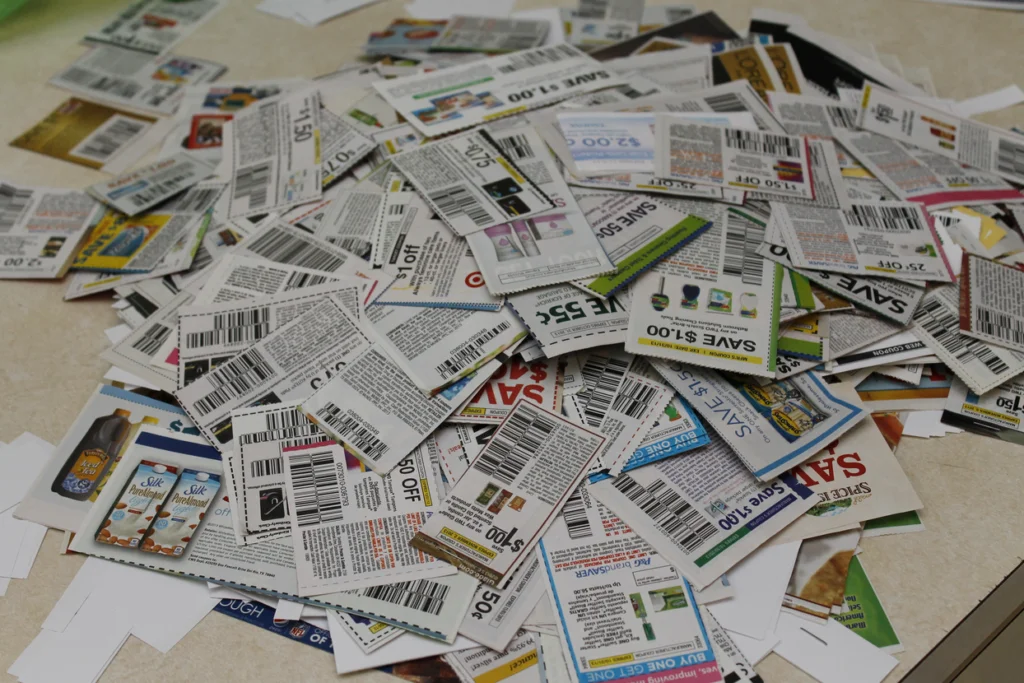
Before smartphones and online ordering, the junk drawer was the unofficial filing system for an assortment of folded, often greasy take-out menus from local restaurants. These colorful pamphlets from the neighborhood pizza place, Chinese restaurant, and that new Italian joint across town were essential resources for busy weeknights. Parents would rifle through them on Friday evenings, debating dinner options while kids eagerly awaited the verdict. Marketplace traces a very long history indeed for takeout as a concept, popping up around the globe quite a long time ago before making it to our drawers.
The drawer also housed an impressive collection of coupons clipped from newspapers and grocery store circulars, always intended for the next shopping trip. Despite good intentions, most of these discount promises expired before seeing daylight again, rediscovered only during rare drawer purges. Even now, despite digital alternatives, many of us still stash physical menus and coupons in that same drawer, proving some habits are hard to break.
2. Mystery Keys
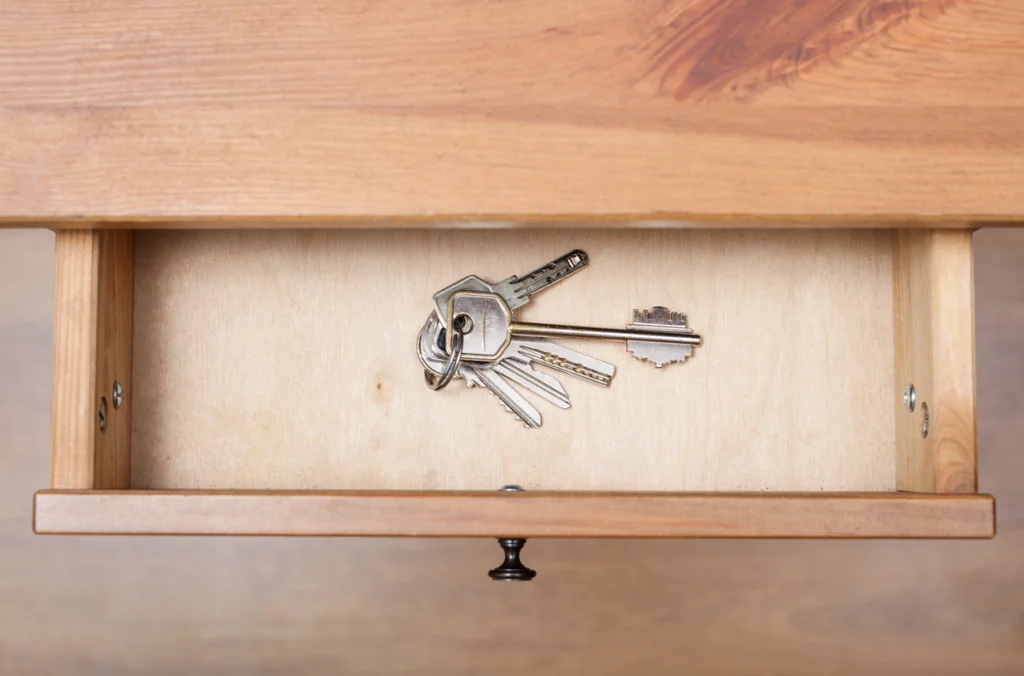
Every respectable junk drawer contained at least half a dozen keys with no discernible purpose. These brass and silver relics accumulated mysteriously, perhaps from old apartments, forgotten padlocks, or relatives’ homes—their origins lost to time but kept “just in case.” Parents would occasionally sort through them, squinting with concentration while trying to recall which key belonged to what lock, inevitably deciding to keep them all. Live Simply by Annie notes that if you have mystery keys you really can’t decipher, there are places to turn them in, where they’ll be melted and repurposed for a good cause.
Today, despite smart locks and keyless entry systems, these mystery keys continue their junk drawer residency in homes across America. They’ve been joined by electronic key fobs, yet somehow the drawer never seems to contain the specific key you’re actually looking for at any given moment. The mystery key collection remains perhaps the most persistent testament to our inability to throw away potentially useful items, despite having absolutely no idea what they’re for.
3. Dried-Out Pens and Dead Batteries
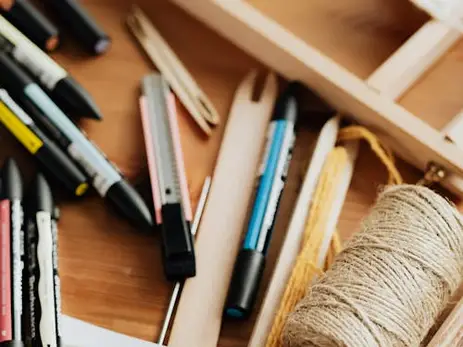
The ’80s junk drawer was a graveyard for writing implements—ballpoint pens with no ink, dried-out markers, and pencil stubs too short to hold comfortably. Despite their obvious uselessness, these writing tools multiplied like rabbits, coming from hotel rooms, banks, and promotional giveaways. Parents would dig frantically through this pen cemetery when needing to write a quick note, testing each one with increasingly agitated scribbles before finally finding one that worked. Batteries Plus has important notes on what causes batteries to corrode, which is a decay you definitely want to watch out for to avoid being harmed.
Keeping company with the pens were numerous batteries of questionable life expectancy, removed from toys, remotes, and gadgets without any testing method to determine which were still good. The “maybe it’s still got juice” philosophy ensured these energy cells remained in drawer purgatory, occasionally pulled out for emergency flashlight duty during power outages. Despite rechargeable options and battery recycling programs today, many households still maintain this tradition of keeping uncertain batteries rolling around the junk drawer’s depths.
4. Instruction Manuals for Everything

Every appliance, toy, and gadget purchased in the ’80s came with detailed paper instructions that immediately found their way into the junk drawer. These multi-folded, often multi-lingual booklets covered everything from VCR programming to microwave operation, kept “for reference” despite rarely being consulted after the initial setup. Parents treated these manuals with curious reverence, refusing to discard them even when the associated product had long since broken or been replaced.
Modern homes still harbor instruction booklets despite most being available online as PDFs. The junk drawer continues to be the default archive for these paper guides, along with warranty cards filled out but never mailed. This hoarding instinct speaks to our eternal optimism that someday we might need to know the exact temperature settings for the toaster oven purchased during Reagan’s first term.
5. Rubber Bands and Twist Ties
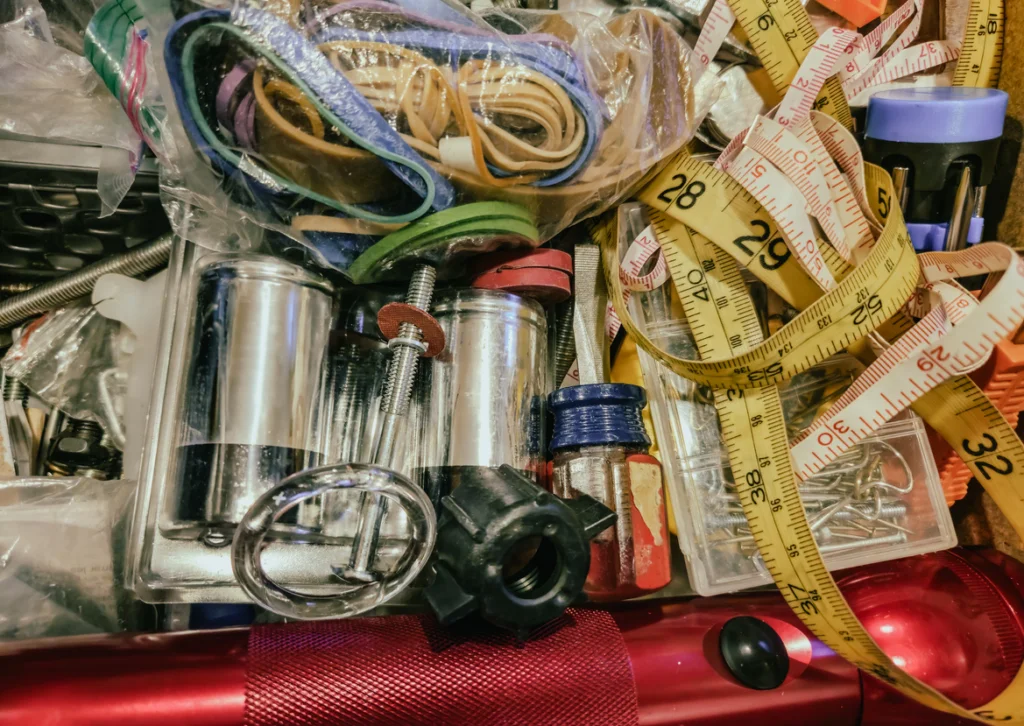
Rubber bands in varying states of elasticity formed small colonies in ’80s junk drawers, collected from newspapers, produce, and mail deliveries. These stretchy circles multiplied silently, creating tangled nests that clung to everything else in the drawer. Children would dig through them looking for the perfect band for impromptu slingshots, while adults assured themselves they’d find important uses for the collection.
Accompanying the rubber bands were dozens of twist ties in green, white, and occasionally red—harvested from bread bags and produce. These wire-cored paper strips were considered too valuable to discard, saved for mysterious future organizing projects that rarely materialized. Today’s junk drawers contain the same hoard of rubber bands and twist ties, joined by their modern cousin, the plastic bag clip—all waiting patiently for their moment of usefulness to arrive.
6. Half-Used Rolls of Tape
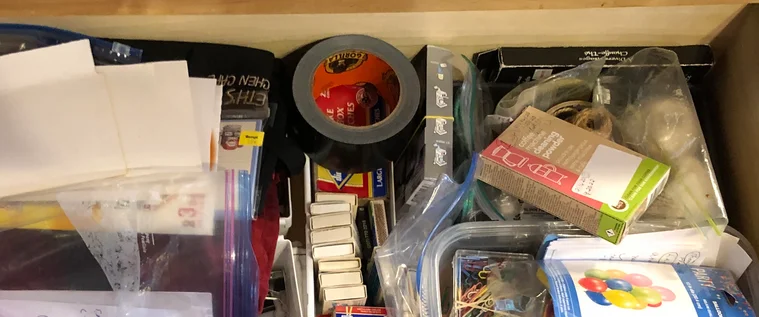
No ’80s junk drawer was complete without several partially used rolls of adhesive tape in various states of usability. Clear Scotch tape for wrapping gifts, electrical tape for quick fixes, and masking tape for school projects created a sticky trifecta that clung to drawer sides. Finding the end of these tape rolls led to much frustration and occasional colorful language behind closed doors during holiday gift-wrapping sessions.
These tape rolls were often accompanied by a dispenser that had lost its cutting edge or a roll holder that no longer held anything securely. Despite the invention of easy-start rolls and improved dispensers, today’s junk drawer continues this tradition of housing multiple tape varieties that require fingernail sacrifice to locate their starting edge. Some things, it seems, technology simply cannot improve.
7. Loose Change and Foreign Currency
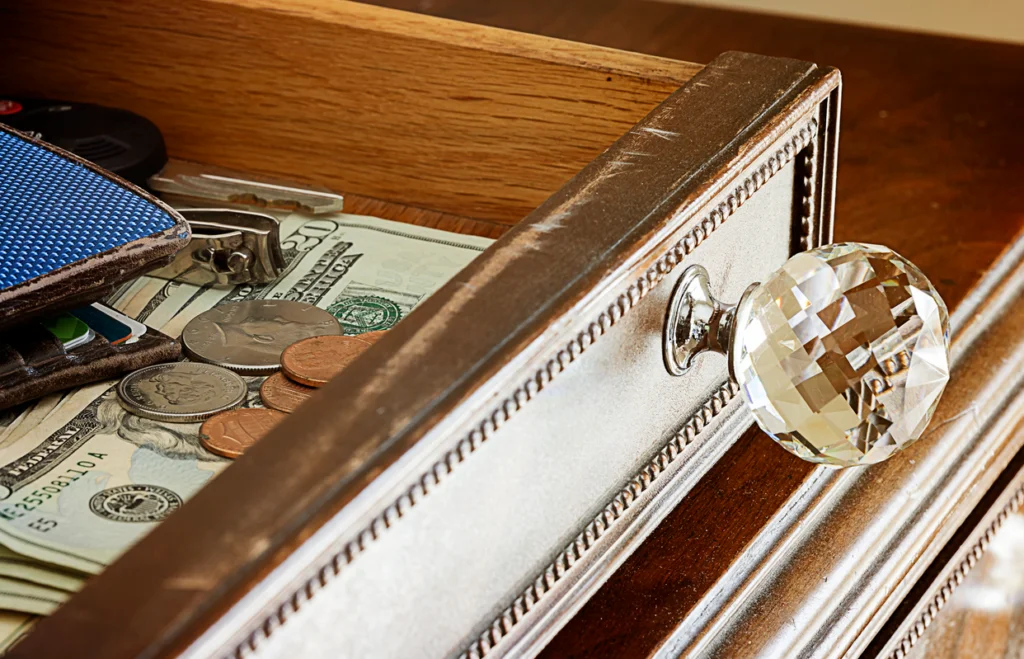
The junk drawer served as an unofficial savings account, collecting loose pennies, nickels, dimes, and quarters alongside the occasional Susan B. Anthony dollar that everyone mistook for quarters. This accidental coin collection grew steadily, sometimes harvested for laundromat visits or emptied by teenagers in desperate need of gas money. Parents often claimed they were saving these coins for something specific but rarely remembered what that something was.
Nestled among American currency were often exotic coins and bills from past vacations or business trips—remnants of journeys to Canada, Mexico, or further-flung destinations. These foreign currencies remained in drawers for decades, too small in amount to justify exchanging but too valuable (sentimentally or otherwise) to discard. Even in our increasingly cashless society, junk drawers still accumulate coins alongside defunct subway tokens and arcade game medals.
8. Unmarked Floppy Disks
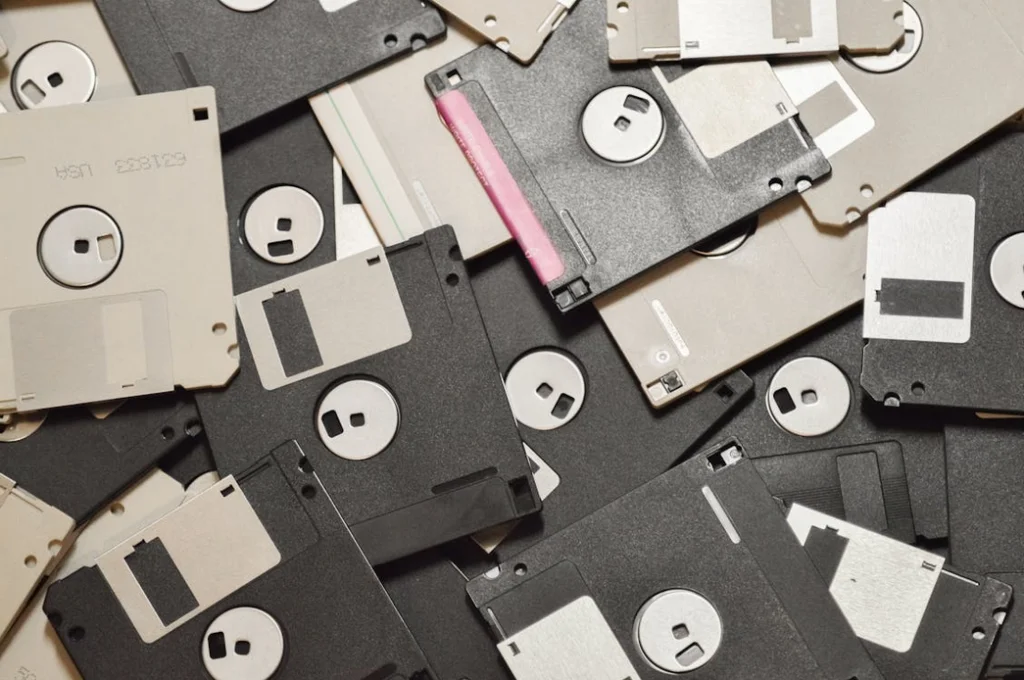
As personal computers entered homes in the 1980s, junk drawers began accumulating mysterious 5.25″ and later 3.5″ floppy disks with faded or missing labels. These plastic squares held unknown digital contents—perhaps a half-finished novel, important tax records, or just early attempts at programming a simple game. Parents warned children not to touch these important data storage devices while simultaneously having no idea what information they actually contained.
The disks often traveled with a collection of handwritten computer commands and passwords scribbled on notepaper, critical information needed to operate early PCs and software. Today’s junk drawers have updated this tradition with unmarked USB drives, SD cards, and CDs of equally mysterious content—digital artifacts still hoarded “just in case” despite cloud storage and backup services.
9. Orphaned Game Pieces
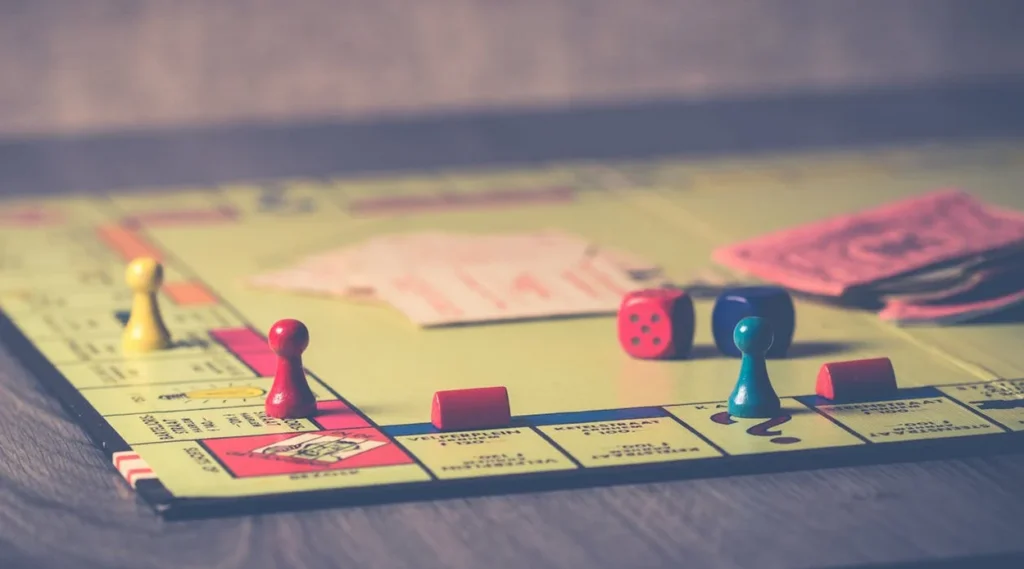
Board game enthusiasts of the ’80s inevitably found their junk drawers becoming adoption centers for displaced game pieces. Lonely Monopoly hotels, stray Scrabble tiles, mysterious dice from forgotten games, and the occasional Trivial Pursuit wedge lived together in drawer harmony. These pieces always seemed essential to keep, despite the obvious fact that their absence had already rendered some family game incomplete.
Parents would periodically attempt to reunite these pieces with their original games, a puzzle more challenging than the games themselves. Modern junk drawers continue this tradition while adding small plastic pieces from children’s meal toys, video game accessories, and the occasional stray LEGO brick that somehow escaped the play room. The orphaned game piece collection remains a nostalgic reminder of family game nights and the mysterious migration of small objects throughout the home.
10. Matchbooks and Lighters
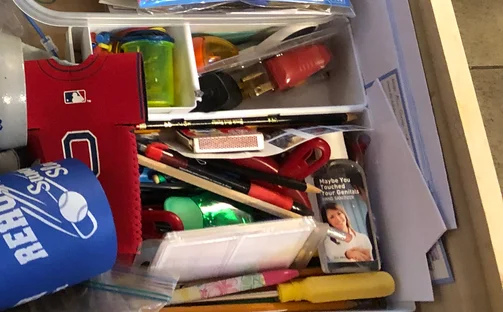
Despite fewer smokers in American households, the ’80s junk drawer typically contained a surprising collection of matchbooks from restaurants, hotels, and special occasions. These colorful miniature advertisements served as accidental souvenirs, marking family dinners at fancy restaurants or vacations to memorable destinations. Children were regularly warned not to play with these fire-starting tools that nonetheless remained easily accessible.
Accompanying the matches were usually one or two disposable lighters with questionable fuel levels, kept for birthday candles, pilot lights, and power outages. These flame sources remained in the junk drawer long after smoking had moved outdoors or stopped entirely, serving as emergency backup for increasingly rare occasions requiring fire. Today’s safety-conscious homes might have fewer matches, but many junk drawers still harbor these flame sources alongside battery-operated alternatives.
11. Forgotten Film Rolls and Photographs

Before digital photography, the junk drawer served as temporary storage for undeveloped film rolls and the excess photos that didn’t make it into albums. These 110 or 35mm canisters contained potential memories waiting to be developed—often forgotten until someone questioned what might be on them. Parents would occasionally gather these mysterious time capsules for development, usually discovering Christmas photos in July.
Loose photographs with bent corners or duplicate prints lived alongside the undeveloped film, casualties of ambitious photo organization projects abandoned halfway through. Today’s junk drawers have evolved to hold memory cards, old smartphone adapters, and the occasional disposable camera from a wedding reception—different technology but the same tendency to preserve visual memories in the most disorganized possible manner.
12. Takeout Sauce Packets and Chopsticks
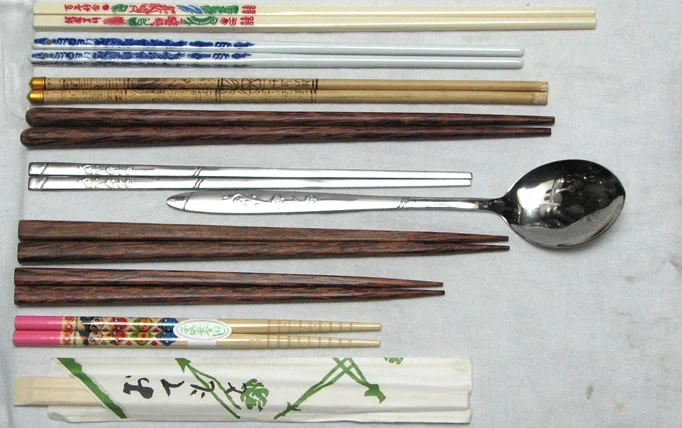
The ’80s junk drawer inevitably accumulated small packets of ketchup, mustard, soy sauce, and other condiments from fast food and takeout meals. These sauce packets multiplied mysteriously, creating a comprehensive condiment library that somehow never had the specific sauce you wanted. Parents insisted on saving these packets “for picnics” despite rarely using them for their intended purpose.
Accompanying these sauce collections were paper-wrapped disposable chopsticks from Chinese food deliveries, plastic sporks from Kentucky Fried Chicken, and the occasional exotic stirrer from a tropical drink. These eating implements were kept with remarkable optimism regarding their future utility, usually discovered years later during cleaning frenzies. Even in today’s eco-conscious world, the tradition of hoarding restaurant condiments persists—these small packets still hibernating in junk drawers nationwide, waiting for their moment to shine.
The modern junk drawer carries on this legacy of practical chaos, a democratic space where valuable items mingle with absolute junk in delightful disorder. What began as temporary storage inevitably becomes an archaeological record of our daily lives, preferences, and habits. So next time you’re rummaging through that cluttered drawer searching for scissors or tape, take a moment to appreciate this household institution—it’s not just disorganized stuff, it’s a tangible connection to previous generations who also couldn’t bring themselves to throw away that strange key that might, someday, open something important.


